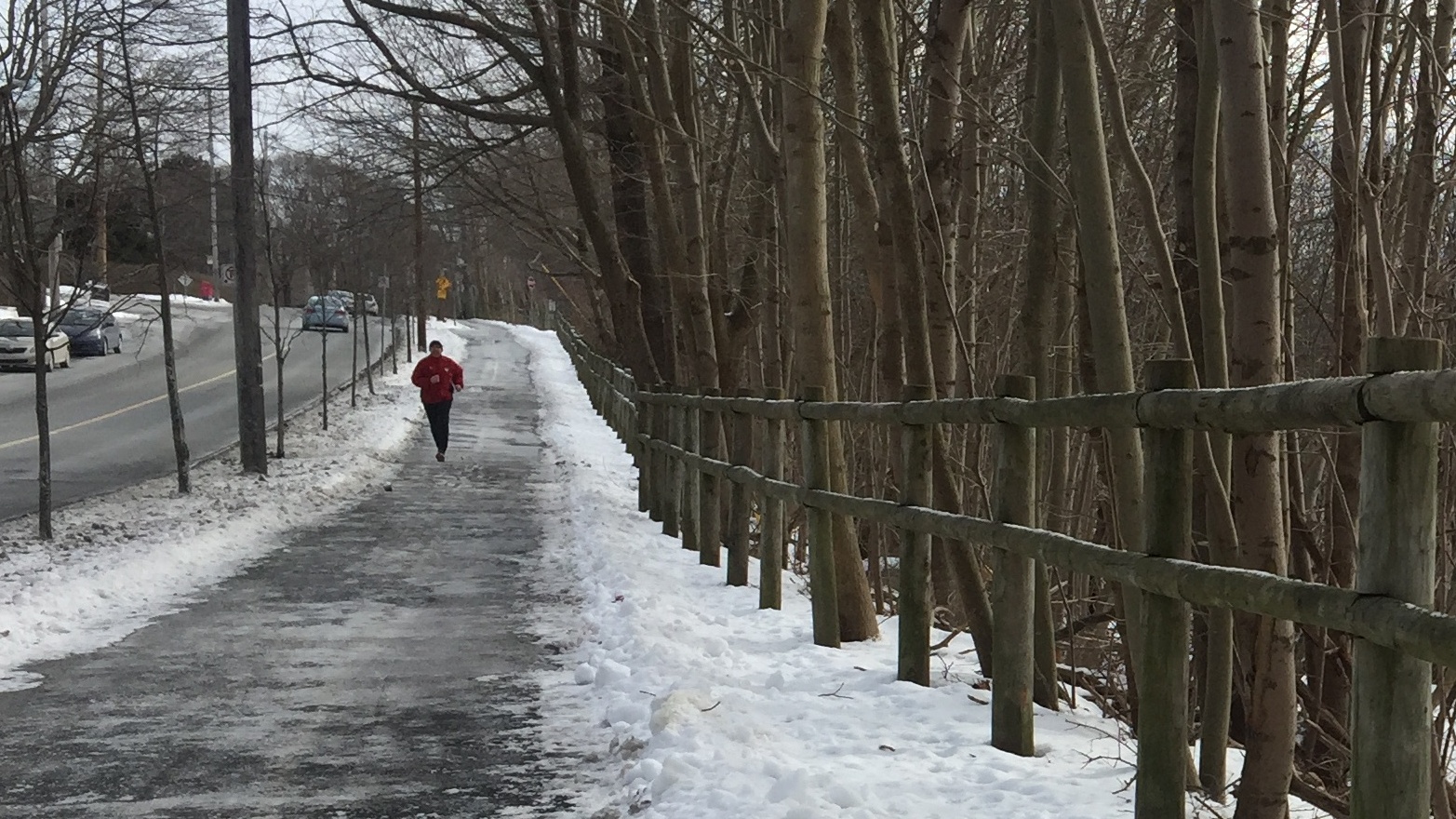The Great Trail
Volunteers feel strain in maintaining Nova Scotia’s trails
As the Great Trail project expands, so does the need for trail maintenance and repair

caption
Trails similar to this one along Beaufort Avenue join together to make the Great Trail network throughout Nova Scotia.As the Great Trail continues to expand across Nova Scotia and Canada, there is a growing worry that volunteers may not be able to keep up with trail maintenance.
The Great Trail, also known as the Trans Canada Trail, is a recreational trail that spans across the country. It’s community based, meaning most of the trail construction and maintenance is done by volunteers. Most of the volunteers work with community organizations like the Nova Scotia Trails Federation, the provincial partner for Nova Scotia with Trans Canada Trail.
Concerns about volunteer burn out and trail maintenance arose Thursday morning at the Standing Committee on Resources meeting. The discussion focused on community feedback on the Great Trail.
Julie Towers, deputy minister of natural resources, told MLAs at the meeting that “people are often very keen to build them (the trails), but to maintain them over time takes a lot of effort.” Related stories
According to the Trans Canada Trail website, the Great Trail is the longest recreational trail in the world. It connects Canada’s three coasts, measuring nearly 24,000 km in total. Over 1,200 km of the trail is in Nova Scotia, and can be seen below. (Map provided by Trans Canada Trail).
Vanda Jackson, chief executive officer of the Nova Scotia Trails Federation, said a lot of people don’t realize that trails in Nova Scotia are built by volunteers.
“Volunteers are everything in our organization,” said Jackson. “They are our most precious resource.”
Jackson said every trail has different needs. Tasks range from surface maintenance to cutting brush back, to fixing sections that have suffered weather damage. She said a lot of it is physically demanding.
‘Going to get burned out’
As the provincial director of Parks Canada, Matt Parker works with volunteer groups to ensure the Great Trail is clean and accessible.
“A lot of the volunteers are retired folks and there is a select group who do a lot of the heavy lifting, so eventually they’re going to get burned out,” he said.
At the meeting, Towers also spoke on how trail maintenance is connected to safety. She said maintaining up-to-date signs is important to ensure people don’t get lost and wander off the trail.
Jackson agreed, but said if there aren’t enough people around to maintain the trails, trails sometimes disappear.
“There have been trail routes that have folded and that’s always a possibility,” said Jackson.
The Great Trail has been in the works since 1992 and was connected across Canada last year.
“It’s connected, but it will never be done, and that’s the beauty of it,” said Towers. She said the Natural Resources department plans to continue work on connecting more trails to the Great Trail network, particularly in western Nova Scotia.
However, more trails mean more trail maintenance, especially when those paths see a lot of use. Parker said it’s not known how many people use the Great Trail, but the trails see more traffic than the national parks in the province do. Parks see over 85,000 campers per year.
“The challenge is to make sure there is some succession planning for the volunteers, so that somebody will come and fill in behind them,” said Parker.
Jackson agreed.
“We need to bring in the younger generation so that we have trails for the future,” she said.

C
Colette Girard
N
Nermeen Ramadan